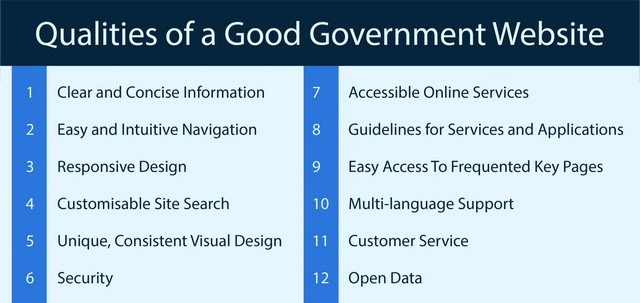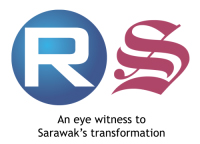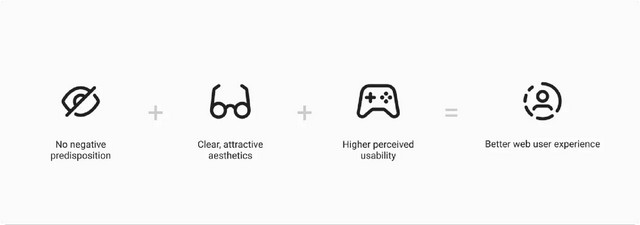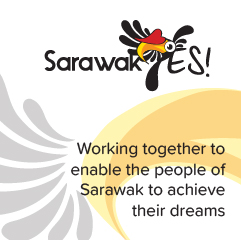A well-designed statutory body website should provide clarity and transparency in presenting essential information to the public.
Clarity ensures that users can easily find and understand the content they seek, while transparency builds trust by providing accurate, accessible, and up-to-date details about services, policies, and governance.
For statutory bodies that serve the public, both elements are especially crucial as confusion or misinformation can drastically hinder engagement and service delivery.
After reviewing 29 statutory body websites in Sarawak, this article aims to provide a breakdown of the best practices and areas that need improvement.
The Importance of Clarity in Website Design
Clarity in website design revolves around making information easily understandable and accessible. Users-especially those unfamiliar with a statutory body’s functions-should be able to quickly grasp the site’s purpose and navigate to key sections without losing their way and getting frustrated.
A clear and intuitive interface, combined with well-structured content and logical navigation would make the process much easier for their target users, and thus encourage return visits and improve public engagement.
However, many websites struggle with clarity due to cluttered layouts, inconsistent navigation, and poorly structured content.
Alternatively, they may have common issues like excessive technical jargon, unexplained terminology, unorganised menus, and a lack of search functionality.
To enhance clarity and accountability for the end users, statutory body websites should prioritise the following clarity elements:
- Well-defined navigation menus – logically structured, clearly labeled sections.
- Readable content layout -concise information with proper use of headings, bullet points, and spacing.
- Language accessibility – providing content in both Bahasa Malaysia and English with coherent translations.
- Search functionality – a robust, accurate search feature to assist users in locating specific information quickly.
Additionally, transparency is fundamental to fostering public trust.
A transparent website should provide clear, accurate, and timely information about the statutory body’s objectives, operations, and achievements.
Website elements under this category includes:
- Proactive disclosure of key documents, such as financial reports, policies, and service guidelines.
- User-friendly data presentation, such as searchable databases and data visualisation tools.
- Clear contact information to facilitate public inquiries.
- Regular updates to keep users informed about recent developments, projects, and policy changes.
Government websites that embrace transparency make it easier for the public to access relevant information and hold institutions accountable.
A lack of transparency-such as outdated content, missing reports, or unresponsive communication channels-can lead to frustration and diminish public trust in the organisation.
Websites That Set the Standard
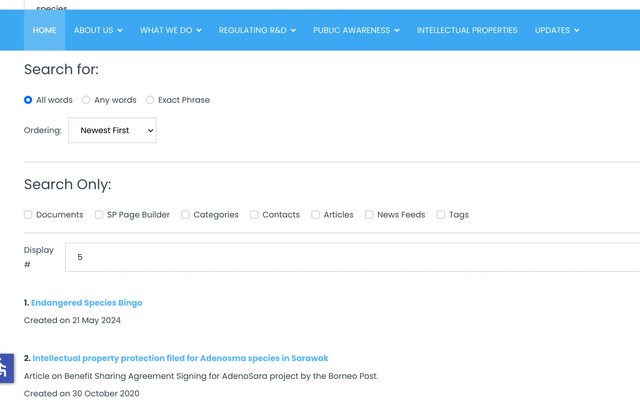
Some statutory bodies have excelled in delivering clear and navigable online experiences:
- Sarawak Biodiversity Centre & Sarawak State Library
- Both feature highly efficient search functions with filtering options that allow users to quickly locate information.
- Visually appealing and well-organised content makes navigation smooth and intuitive.
- Areas for improvement: Sarawak Biodiversity Centre lacks a BM language option, while Sarawak State Library could improve language presentation by separating BM and English versions instead of stacking them together in their FAQ segments.
- Sarawak Forestry Corporation
- Offers a well-designed website with a seamless booking system for visitors and an informative biodiversity section.
- A key suggestion: Instead of using posters and static images for protected species and licensed guides, an interactive searchable digital inventory would enhance accessibility and ease of updates.
- Sarawak Timber Industry Development Corporation
- A model of transparency with detailed reports and guidelines for licensing processes.
- However, inconsistent font usage and a lack of a BM language option create readability and accessibility barriers.
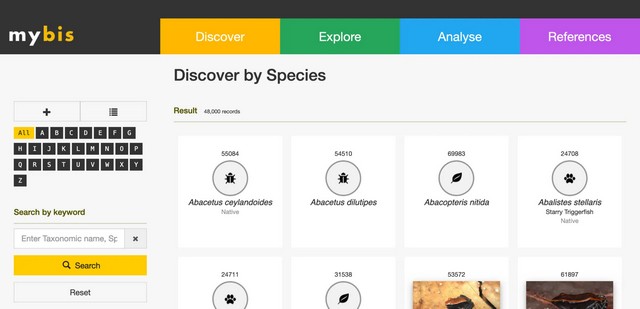
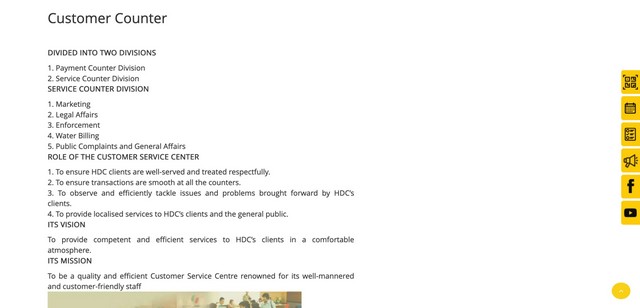
These websites reflect best practices in user interface (UI) and user experience (UX) design principles.

A clean layout, adequate spacing, and effective use of colour ensure the content is easy to read.
Providing intuitive menus and call-to-action buttons further enhances usability, ensuring users can access key information without unnecessary clicks.
Websites That Are Functional But Need Adjustments
Several websites demonstrated a commitment to clarity but had inconsistencies or missing elements:
- Tabung Baitulmal Sarawak & Housing Development Corporation
- Strengths: Neat and well-organised menus, with service information structured clearly.
- Areas for improvement: Lack of search functionality and inconsistencies in content layout reduce usability.
- Miri Port Authority & Kuching Water Board
- Strengths: Provide comprehensive information on services.
- Areas for improvement: Translation inconsistencies between English and BM versions, and the overlay of text on visually busy backgrounds in some sections, making readability an issue.
- Sarawak Multimedia Authority
- Strengths: One of the few websites that effectively separates English and BM content rather than cramping both languages together in a single view.
- Key concern: The last available annual report dates back to 2022, which raises transparency concerns.
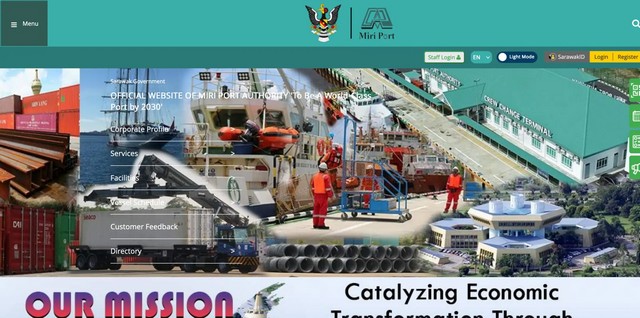
To improve the UX of these websites, adopting consistent typography, improving contrast ratios, and ensuring responsive design are essential.
Mobile optimisation is particularly important as more users access government services via smartphones.
Adding a functional search bar and ensuring that FAQ sections are comprehensive could address the common issues found here.
Websites That Need More Transparency & Content Updates
Some statutory bodies provide minimal updates or missing content that affects their credibility:
- Sarawak Tourism Board
- While visually appealing, the website lacks updated announcements and promotional content, which is a lost opportunity for a tourism agency.
- Rajang Port Authority & Sarawak Rivers Board
- Main issues: Incomplete FAQ sections, missing updates, and outdated statistics.
- Sarawak Economic Development Corporation
- Content is mostly redirected to subsidiary websites, making it confusing for first-time users who expect more centralised information.
Statutory bodies should prioritise regular content updates to remain relevant and credible. Leveraging tools such as content management systems (CMS) can help streamline updates while ensuring accuracy.
Transparency can be enhanced by publishing annual reports and accessible service metrics.
Websites That Are Critically Lacking
Some statutory body websites fail to meet even basic standards of clarity and accessibility:
- Samalaju Port Authority
- The worst-performing website in this review.
- Multiple non-functional pages, broken search function, and no translation options despite presenting both English and BM menu options.
- Minimal content beyond corporate profiles-no detailed service pages, no announcements, and an inaccessible operations section.
- Sarawak Land Development Board
- Outside of corporate details and business aid application guidelines, the website feels barren, with multiple tabs (e.g., sustainability, announcements) leading to near empty pages with minimal information.
- State Farmers Organisation Sarawak
- Lacks essential explanations (e.g., “PPK” in the main menu is undefined).
- Provides no contact information for regional Area Farmers’ Organisations despite listing them.
- Poor language accessibility-despite a large part of Sarawak’s farming community being predominantly BM-speaking, the website is only in English.
Basic UI/UX principles like ensuring functional links, creating accessible layouts, and maintaining bilingual support are foundational to any website.
In addition, prioritising clear labelling and providing meaningful explanations for acronyms or technical terms could drastically improve user comprehension.
Websites That Don’t Exist
Surprisingly, some statutory bodies have no official website at all:
- Sarawak Arts Council
- Sago and Nipah Development Board
- Tanjung Manis Port Authority
A lack of an official web presence is a significant shortcoming in today’s digital landscape, as it limits public access to information about these organisations.
Final Thoughts: Bridging the Gaps
While some Sarawak statutory body websites are well-structured and informative, many suffer
from a lack of updates, broken links, poor navigation, and language accessibility issues. The best-performing websites consistently provide the following features.
For statutory bodies that fall short, simple improvements-such as adding a search function, updating content, and providing BM translations-would go a long way in improving clarity and accessibility.
A website is a reflection of an organisation’s credibility, and ensuring clarity of information should be a priority for all statutory bodies in Sarawak.
Incorporating modern web design trends like minimalist layouts, responsive frameworks, and intuitive interaction tools can elevate these websites further. For service-oriented statutory bodies, integrating live chat support, step-by-step guides, and online application systems could revolutionise how users interact with these platforms.
By adopting these practices, statutory bodies would drastically improve user satisfaction and strengthen public trust in their services.
